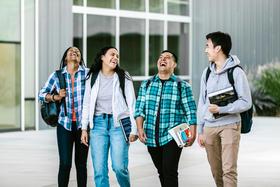Success Rates: How Community Colleges Measure Up (2025)
Community colleges remain a vital gateway to higher education and workforce preparation in the United States, serving millions of learners with diverse goals and backgrounds. As we reach 2025, the conversation around community college success has evolved, shaped by changing enrollment patterns, shifting federal and state policies, and renewed focus on completion and workforce alignment. In this updated report, we examine the most recent data on success rates across community colleges, what they mean for students and families, and how institutions are responding to challenges and opportunities in 2025.
What Do We Mean by “Success Rates”?
In higher education, success rates encompass a range of outcomes, including graduation, transfer to four-year institutions, persistence from term to term, and attainment of workforce credentials. Traditional metrics like graduation within three or six years provide important benchmarks, but contemporary analyses also consider short-term credentials, transfer outcomes, and employment post-completion.
Most community college students enroll part-time, work while studying, or balance family and life obligations. As a result, success metrics that rely solely on time-to-degree can understate real achievement. Broader success measures include persistence, credential attainment, and career relevance.
Enrollment Trends and the Student Body in 2025
After years of enrollment declines following the COVID-19 pandemic, community colleges have seen a meaningful rebound. Across the sector, public two-year colleges reported enrollment increases of approximately 4.0% in most recent data, outpacing four-year institutions in year-over-year






















